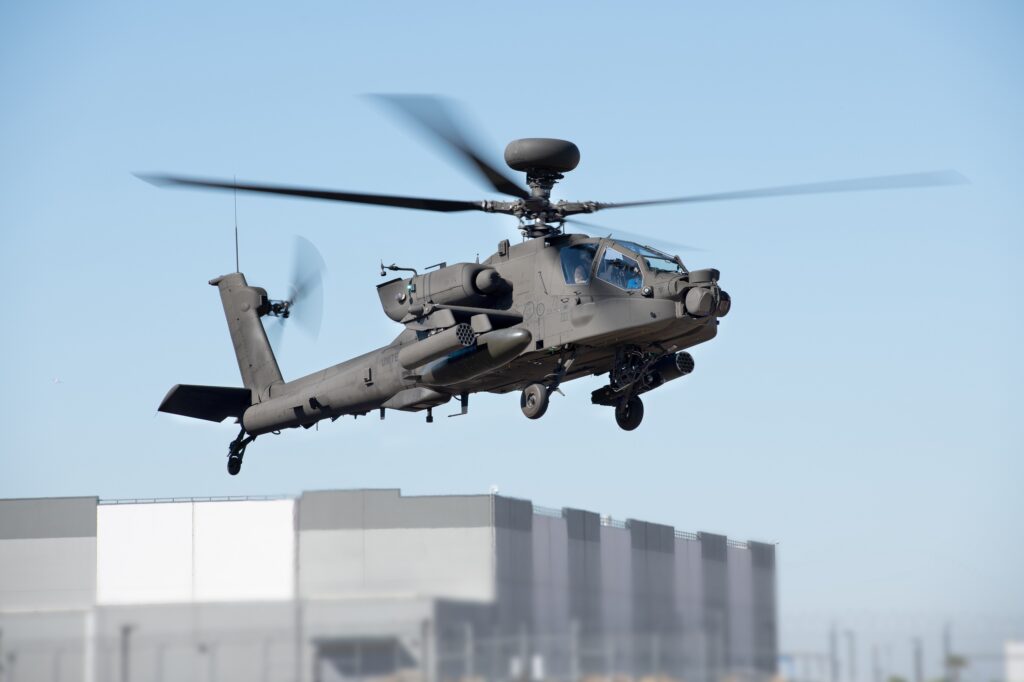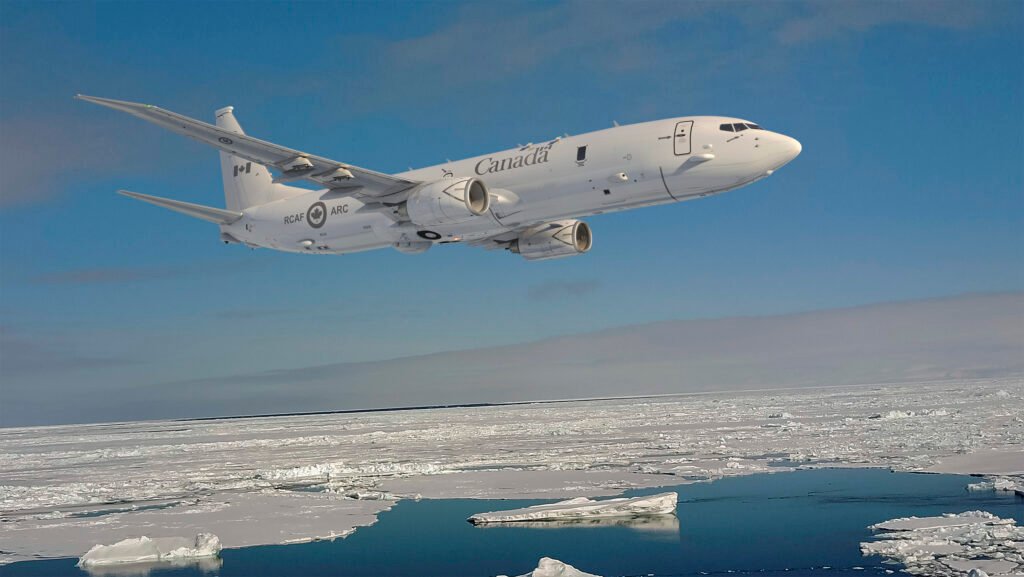Boeing enhanced AH-64E Apache helicopter completes first flight
Mesa, Arizona, October 11, 2023 – The newest version of the AH-64E Apache has successfully flown with an upgraded capabilities suite as Boeing (NYSE: BA) continues to modernize the platform. The upgraded E-model Apache, known…



